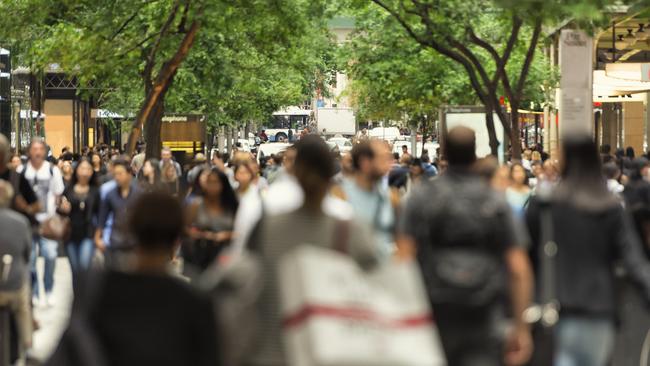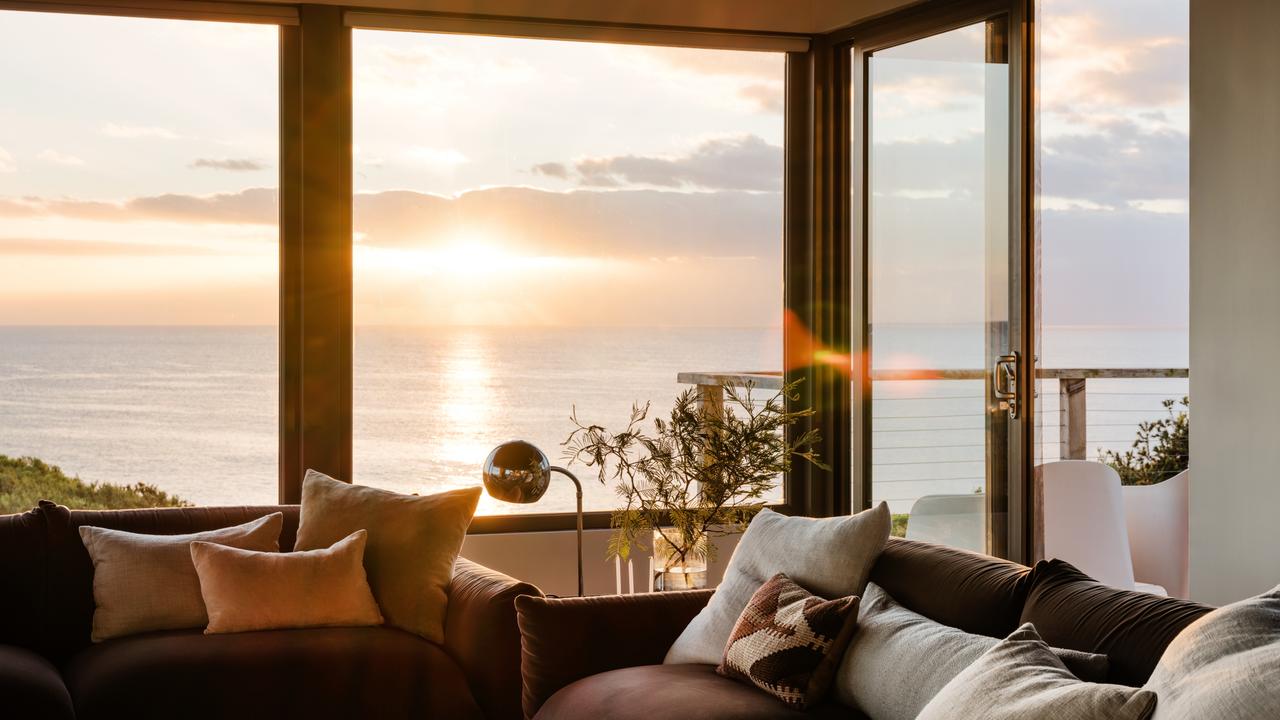
Ding, dong. Wonderful, another parcel just arrived at your door. So convenient. What’s the harm of a little online shopping?
Well, your online shopping is permanently reshaping the Australian commercial property sector and changing your local community for the worse – but wait, there is hope.
Let’s start with a simple dataset the Australian Bureau of Statistics started to collect in 2013. It measures what share of retail sales in any given month take place online.
Retail includes cars, gasoline, groceries – anything you can buy. From the start of data collection in 2013, the share of retail sales that took place online slowly crept from 2.1 per cent to 6.6 per cent in February 2020.
That’s our pre-pandemic benchmark. Had the rate of growth continued like in previous years, by August 2023 we would’ve expected 9.1 per cent of retail sales to have taken place online. But that’s not what happened. Rather, this dataset beautifully tells the recent history of Australian consumer behaviour.
In early 2020 Melbourne was locked down and the only fun thing to do was to buy things online.
That’s exactly what Victorians did. Many older people jumped on the Amazon and eBay bandwagon.
Buying groceries online became a thing. Suddenly 11 per cent of retail was online. Throughout 2020 Victoria went in and out of lockdowns and online retail sales oscillated between 10 and 11 per cent.
By Christmas 2020 we thought we had conquered the evil little virus, and all Australian retail outlets were allowed to open. Somehow, we didn’t see online sales drop down to the expected volume.
They stayed elevated at about 2 per cent above the expected trend. In the second half of 2021 Sydney was kind enough to follow Melbourne’s lead and implemented heavy Covid restrictions.
Online retail shot up to a massive 15 per cent as Sydneysiders too started buying stuff online to kill the time.
As the pandemic fizzled out during 2022 online retail sales stayed well above the pre-pandemic predictions. As of August 2023, we recorded 1.5 per cent more sales online than we would’ve expected before the pandemic. A shift of a mere 1.5 percentage points? How boring. Surely, you’ve read about more dramatic shifts in data before. Don’t be fooled.
This humble shift has severe impacts. Every percentage point that we shift from brick-and-mortar to online retail translates to $4.2bn. About $7bn of retail sales shifted permanently to online.
The impacts on the Australian workforce can probably be ignored. Fewer retail clerks and shop assistants, more delivery drivers and warehouse workers. That should roughly balance out. Also, manufacturers don’t care whether their washing machines, books, or Weet-Bix are sold online or in-store. A sale is a sale. However, the impacts on the built environment, on your local main street are severe.
Small retail outlets operate on relatively slim margins. It doesn’t take much for a retailer on your local main street to go bust. This shift away from brick-and-mortar to online was always going to happen but the pandemic turbocharged these trends. Your local main street is at higher risk now.

You are probably seeing more empty shop fronts now. This is a real problem.
Every empty retailer slightly diminishes the gravitational pull of the whole street. Slightly fewer people are now drawn to your main street or shopping strip. That further tightens the sales of the remaining retailers. A slow downwards spiral.
Every empty retailer is a threat to all other retailers and the whole community. Each town, each suburb needs a vibrant main street to act as a local attraction. Retail draws people in, they spend a few more dollars on local coffee, or pick up a few nice-to-haves while they browse windows.
All the while they mingle, bump into parents of their kids’ friends, and build connection with their town or suburb.
Local councils and business organisations are rightly worried about main streets with vacant store fronts. They look bad, they hurt community. Vacant shops signal a struggling neighbourhood and discourage people to spend time locally.
Those vacant shells desperately need life breathed back into them. If retail doesn’t work, we must think of other ways to keep our shopping strips alive.
Business owners must understand that they aren’t competing with one another. If one of them loses, they ultimately all lose. Keeping main streets attractive for the local community requires an all-of-community effort.

Local artists and artisans must be encouraged to occupy these empty shopfronts at low rents.
The local library could manage a mini pop-up. Turn a shop into one gigantic ball pit. The ideas are endless. It doesn’t matter so much what we do with empty shops, but we must make them available for creative usage at a low cost.
We must increase the gravitational pull of our main streets.
If the landlord is local, they can be convinced to accept a lower rental income rather than receiving no rental income. It gets more difficult if the local shop is owned by a faceless institutional investor.
The shop is then only a number in a spreadsheet somewhere in the cloud. If you are unlucky, that shop gets valued based on the advertised rental income rather than some sort of realisable market value. This means there is no incentive for the institutional investor to lower rents as this would nominally devalue their portfolio.
This is, of course, complete and utter nonsense, and we can only pray that such accounting loopholes get regulated. The health of your local main street depends on it.
The good news is that during the pandemic we learned to value our local retailers. In locked-down Melbourne people went out of their way to buy takeaway meals and coffees from their favourite restaurants.
Like our online shopping habits, our community spirit hasn’t reverted to pre-pandemic levels. As more of us work from home more frequently, we are more likely to shop at our local main street rather than in the city centre near our office tower. I expect local councils, business owners and communities to be very receptive to initiatives to revitalise main street.
Simon Kuestenmacher is the co-founder of The Demographics Group.






